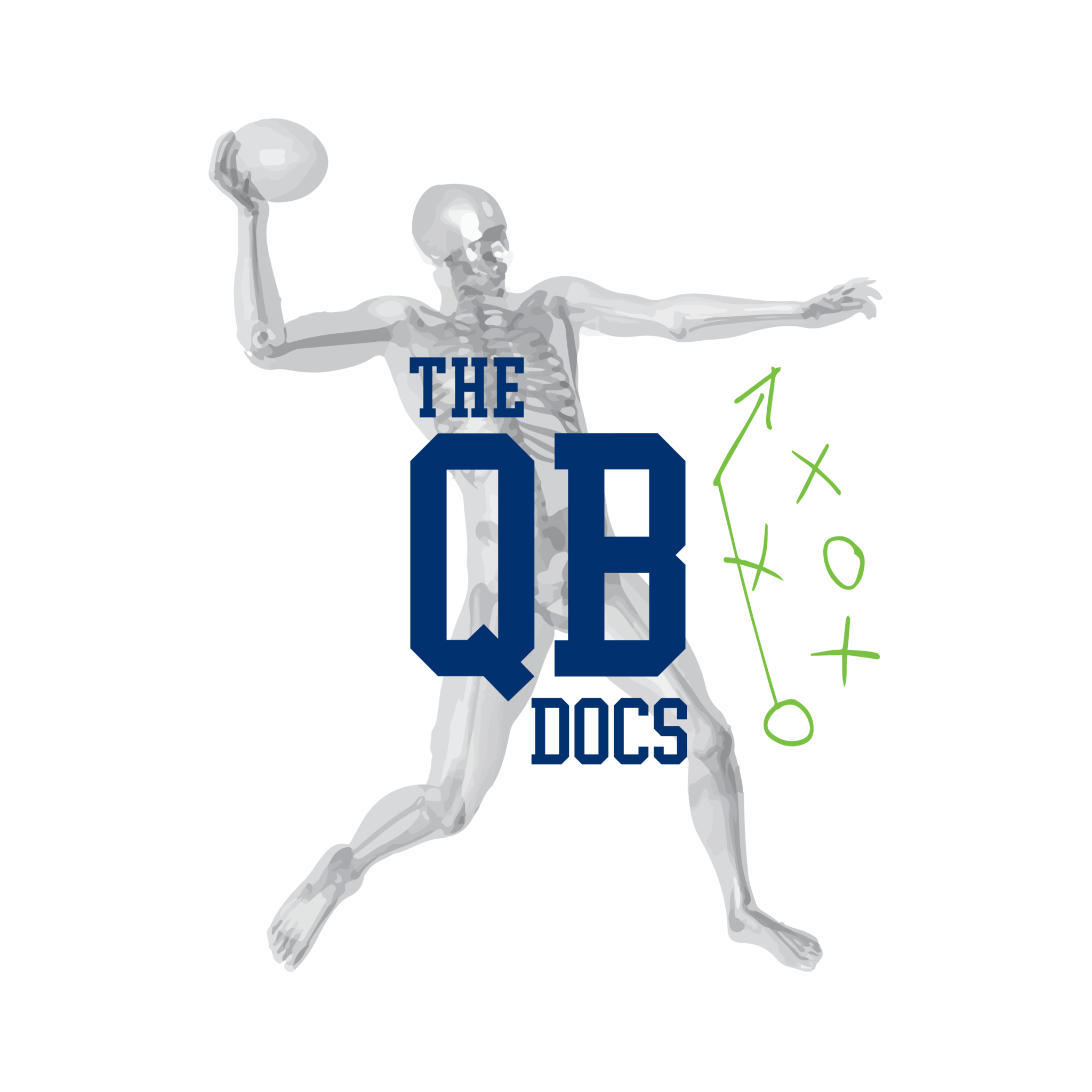by Drew Kiel | Nov 29, 2019 | Quarterback Training
We talk to parents a lot with what we do through The QB Docs. It’s always very interesting to hear the dynamic of what a their thought processes are on developing the growth of their child. Some parents don’t think about it how they want to develop their child and just stick them in as many extra-curricular activities as they can. Some are involved in every single decision that their child makes and are too over protective. Some push their kids way too hard to where their kids develop burn out. What are the traits that kids possess that make them successful adults though? Can this be learned through sport? Today, we are going to touch on the Top 5 Traits Kids Need For Success in our minds.
by Drew Kiel | Nov 10, 2019 | Quarterback Training
It is now the middle of November and most of you are starting to prepare for your off season programs as the season comes to a close. After taking a couple weeks off, how are you going to structure your program? Do you even know where your weaknesses are? Most times, someone within the football program will structure a workout for the entire team, but guess what? You have individual needs as a QB! You need to know how to fix your individual flaws so you can perform better on the field as a QB. That’s the whole point of why we go into the weight room to begin with, to improve our skill set to aid in performance on the field. Today, we want to give you 3 exercises that every quarterback can greatly benefit from when creating your first off season program.
by Drew Kiel | Oct 30, 2019 | Quarterback Training
Where has the time gone? It seems like yesterday that the season just started, but it’s already almost November. I honestly can’t believe that today is Halloween. With that said, a lot of you are going into your off season routines after getting knocked out of the playoffs. Have you even thought about the off season if you’re not playing basketball? Most of you are shaking your heads, but here are 4 important questions I want you to ask yourself going into the off season.
by Drew Kiel | Oct 20, 2019 | Quarterback Training
In spirit of our online course “The QB Docs Shoulder Solution Series” dropping this past week, we wanted to cover another aspect of preventing shoulder pain for you guys. The shoulder is a very complex set of joints that depends on other areas of the body to do their jobs so it can do it’s job. If this doesn’t happen the efficiency of the shoulder while it is being used won’t be there and there will be a lot of wear and tear injuries that happen over time. Today, we are asking y’all three questions that you should be asking yourselves to help decrease risk of shoulder pain and inefficiency of the shoulder. (Also, if you haven’t accessed the course to decrease shoulder pain, you need to right now. Link is below!)
by Drew Kiel | Oct 12, 2019 | Quarterback Training
The shoulders are always very distinctly talked about for quarterbacks when it comes to their performance. Rotate the shoulders, point the shoulder, and close the shoulder are always terms that you hear quarterback coaches say when coaching the position. What about the actual shoulder complex though? We have talked a lot about how power is generated from the ground up, but what specific questions need to be asked in regards to performance of the actual throwing shoulder during the performance of a throw for a quarterback? We ask these questions in today’s blog post!
by Drew Kiel | Sep 15, 2019 | Quarterback Training
The follow through is a very important part of the throwing motion that all athletes and coaches need to grasp for both injury prevention and increased performance. From an injury standpoint, if the muscles that we use to throw the ball at high velocities don’t eccentrically contract (slow the arm and body down) properly, then this could mean issues in the low back, hips, shoulders, or elbows. From a performance standpoint, if there are impairments in mobility and stability within the body, it will make it very difficult for the body to be in the proper positions to decelerate after the release point of the ball. Today, we want to outline three areas that need to be commonly improved during the follow through of the throwing motion and also give exercises to fix those flaws.
